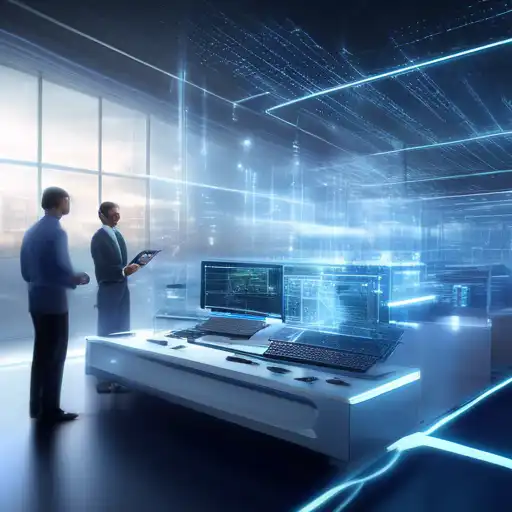What is Edge Computing?
Edge computing is a transformative technology that processes data closer to where it is generated, rather than relying on a centralized data-processing warehouse. This approach minimizes latency, reduces bandwidth use, and speeds up response times, making it ideal for real-time applications.
Benefits of Edge Computing
The advantages of edge computing are numerous, including:
- Reduced latency for faster data processing
- Lower bandwidth requirements and costs
- Improved privacy and security by processing data locally
- Enhanced reliability with less dependency on central servers
How Edge Computing Works
Edge computing works by deploying smaller, localized data centers or 'edge devices' near the source of data. These devices process and analyze data on-site, sending only the necessary information back to the central system. This method is particularly beneficial for IoT devices, which generate vast amounts of data that would be impractical to send to the cloud in its entirety.
Edge Computing vs. Cloud Computing
While both edge and cloud computing play vital roles in data processing, they serve different purposes. Cloud computing is about centralized data processing and storage, whereas edge computing focuses on decentralized processing at the data's source. Together, they form a comprehensive data management strategy.
Real-World Applications of Edge Computing
Edge computing is revolutionizing industries by enabling real-time data processing. Some notable applications include:
- Autonomous vehicles, which require instant data processing for safe operation
- Smart cities, where edge computing manages traffic flows and public safety
- Healthcare, enabling remote monitoring and immediate patient data analysis
- Retail, for personalized customer experiences through real-time analytics
The Future of Edge Computing
As the demand for real-time processing grows, edge computing is set to become even more integral to our digital infrastructure. With advancements in 5G technology, the potential for edge computing expands, offering faster speeds and more reliable connections for edge devices.
Edge computing represents a significant shift in how we process and manage data. By bringing computation closer to the source, it offers a faster, more efficient, and secure way to handle the ever-increasing volume of data generated by modern technologies.
